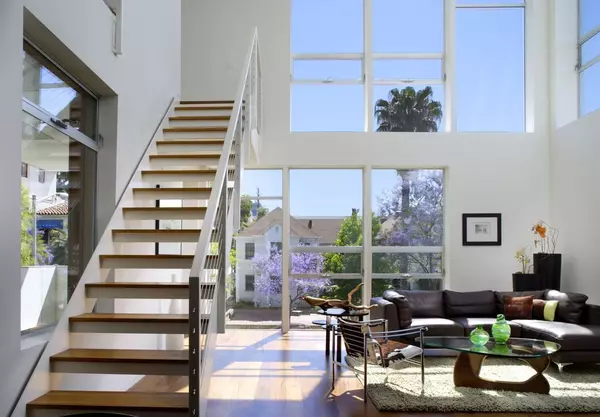Housing market slowdown hits retirees long after they’ve sold

In 2020, Arlene Kohen, an 89-year-old widow, moved into Harborside, a luxury continuing-care retirement community in Long Island, New York. She paid a $945,000 entrance fee and $5,700 per month, with Harborside promising to refund 75% of the entrance fee upon death or departure.
But after struggling financially and filing for bankruptcy three times, Harborside was sold to an investor that scaled back care services. This forced residents like Kohen who required more care to leave.
After bankruptcy proceedings, Kohen’s family expects to recover only one-third of her promised refund, as reported by The Wall Street Journal.
Harborside’s case is part of a broader trend. At least 16 similar communities in the U.S. have filed for bankruptcy since 2020, wiping out nearly $190 million in resident savings across more than 1,000 families. Of this group, 212 lived at Harborside, according to the Journal’s review of court filings and Gibbins Advisors, a health care restructuring advisory firm.
Despite past warnings from regulators, many states lack the regulatory infrastructure or authority to protect residents from financial losses tied to these business models.
In Harborside’s case, about 187 residents have accepted a Chapter 11 bankruptcy plan and are expected to recover just 32% of their original entrance fees. This equates to roughly $121 million.
The broader picture
According to the nonprofit National Investment Center for Seniors Housing & Care, about 623,000 Americans lived in continuing-care retirement communities as of 2023, the Journal reported.
Facilities like Harborside, which lean heavily on large upfront fees that are often funded by retirees who sell their homes, are used to service debt and fund operations. The facilities are often nonprofits and frequently use tax-exempt bonds to build large sites, using the upfront facility fees.
But when the housing market stalls, move-ins slow and stretch the budgets of these communities.
A wave of high-profile bankruptcies during the 2008–09 financial crisis prompted the U.S. Senate Special Committee on Aging to launch an investigation into continuing-care retirement communities in 2010. The committee found that these facilities are “particularly vulnerable during economic downturns” due to their reliance on the housing market.
In Harborside’s case, the facility opened in 2010 after the housing crash. It filed for bankruptcy as early as 2014 after undergoing occupancy and financial struggles. The facility filed for bankruptcy again in 2021 and 2022 after bond defaults.
Categories
Recent Posts








"My job is to find and attract mastery-based agents to the office, protect the culture, and make sure everyone is happy! "
